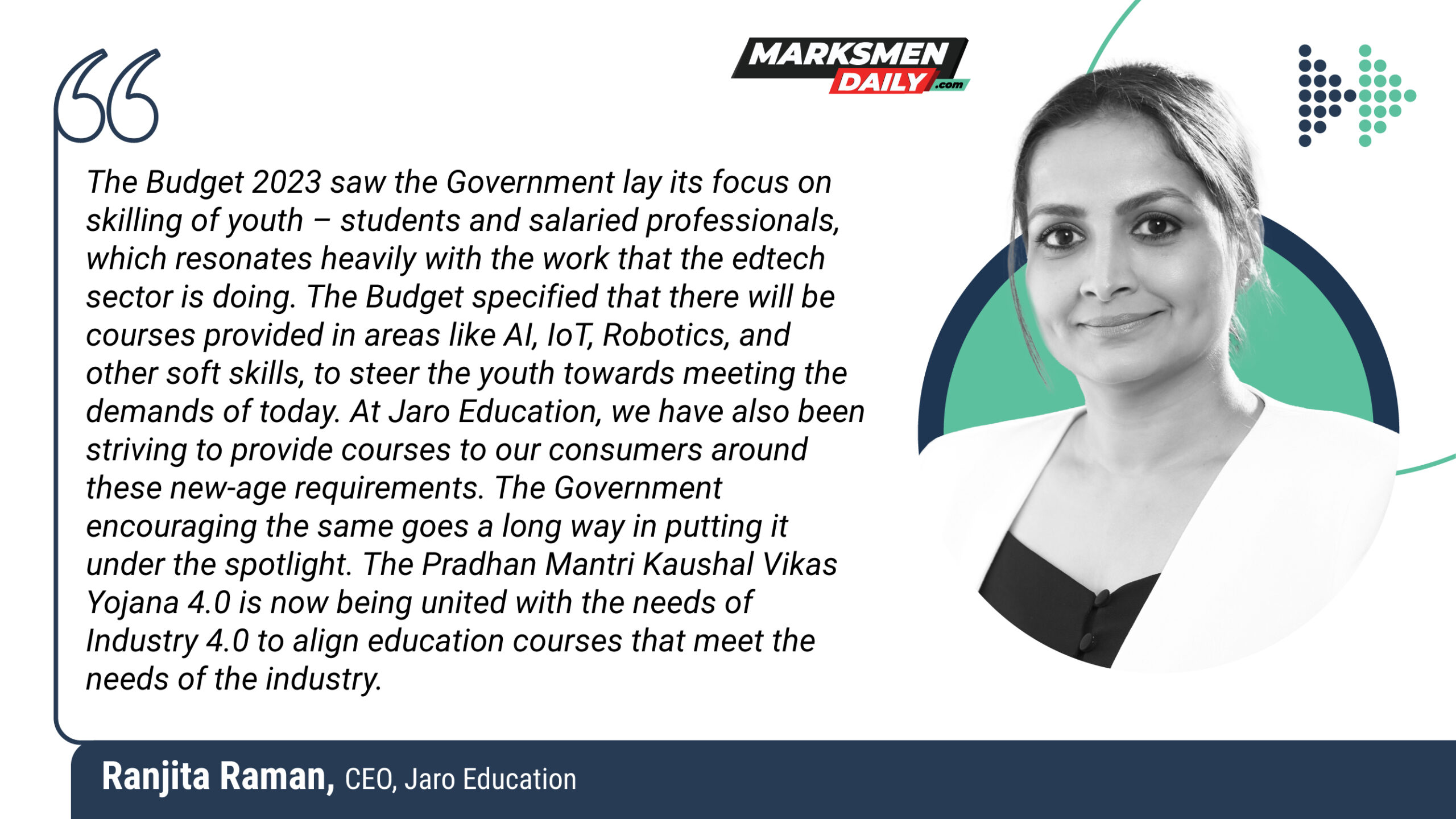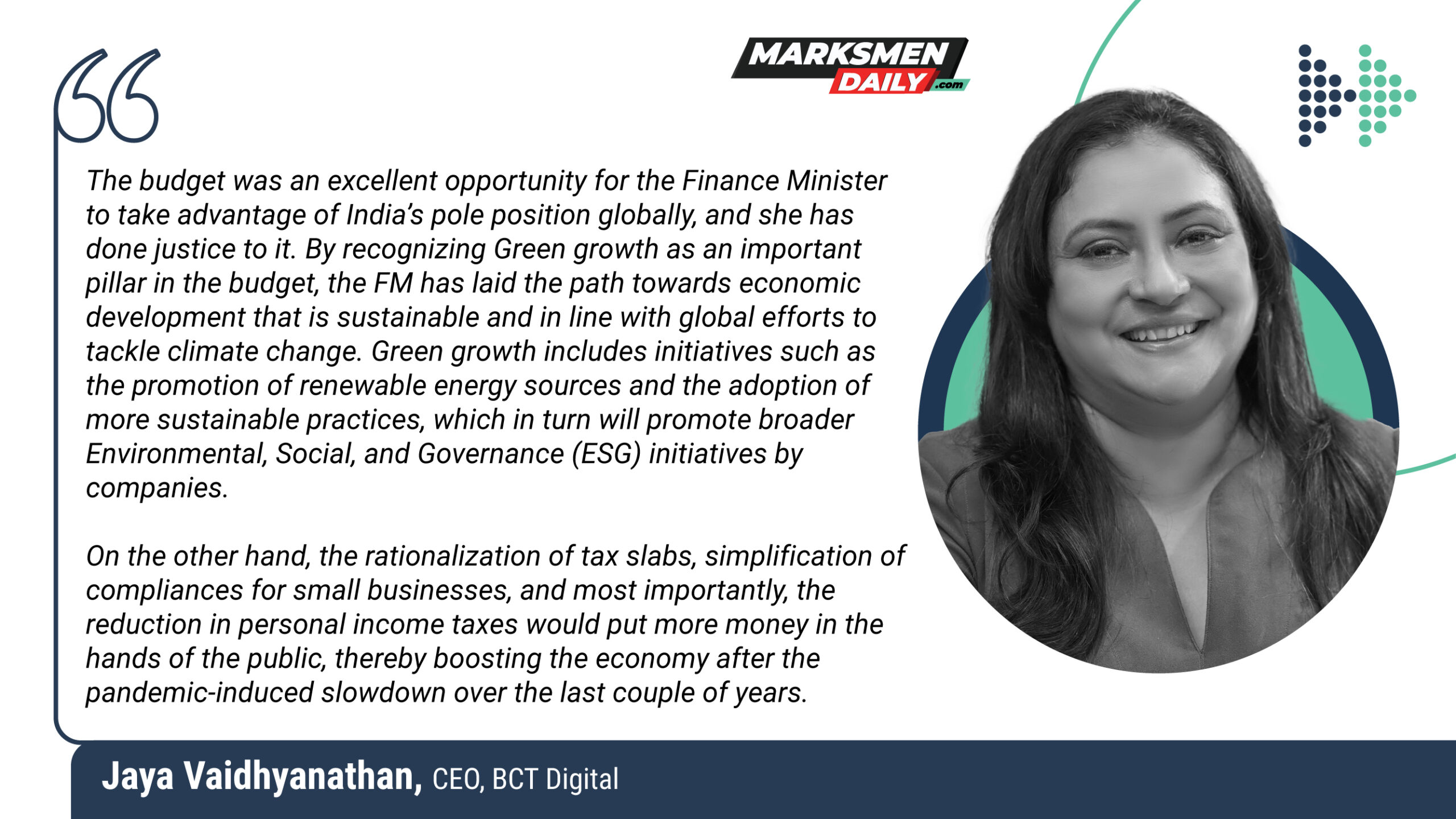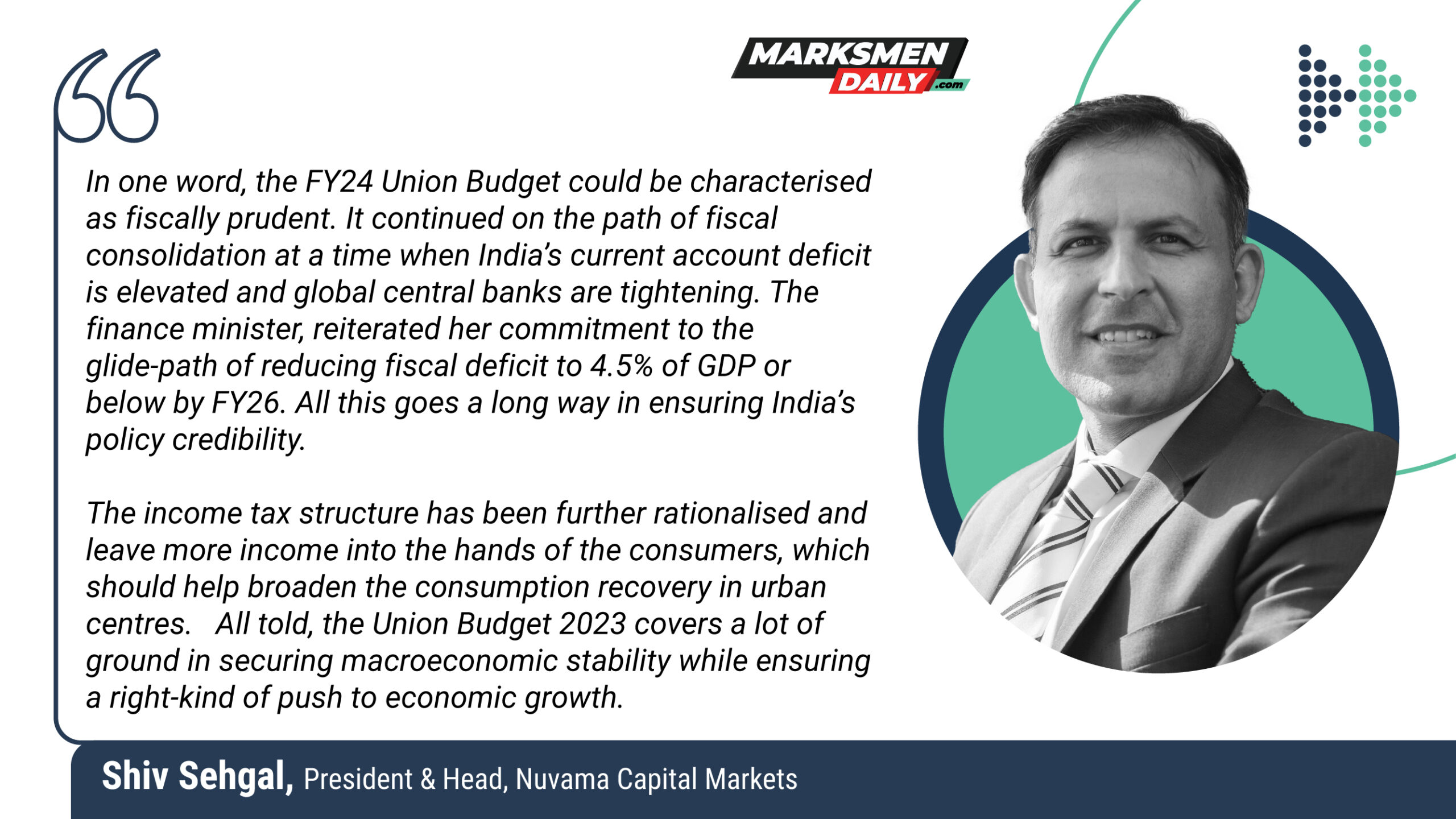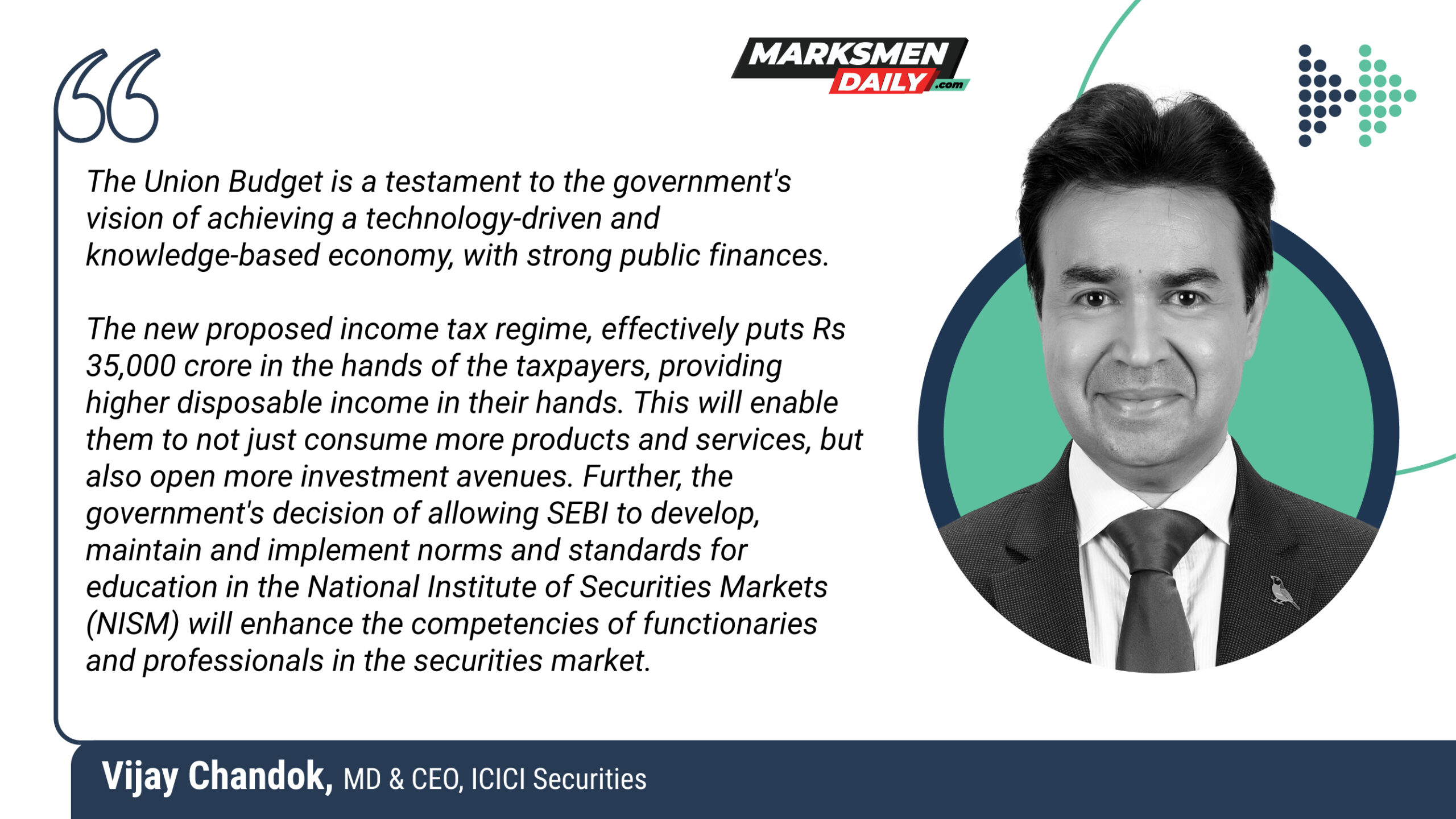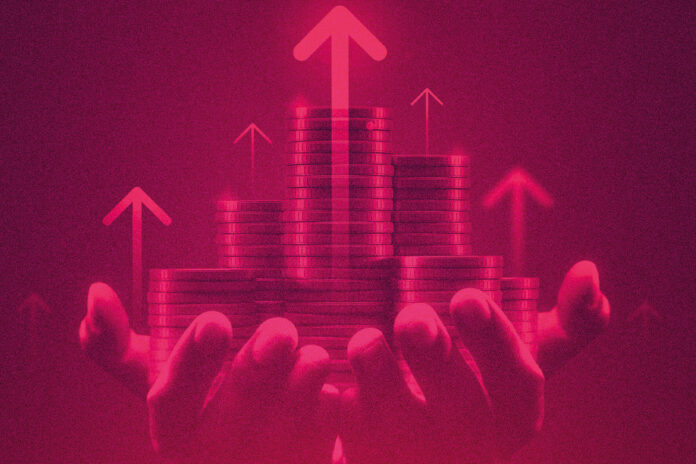February takes on a different sense of importance for Indians everywhere, as the Union Budget starts to take precedence. Industry and society equally look to Union Finance Minister Nirmala Sitharaman in expectation as she presented the Union Budget 2023. This will be the last full-fledged Union Budget of the Modi government before the 2024 Lok Sabha elections, and everyone is expecting a windfall of some kind.
India remains a beacon of hope for the world economy, exhibiting growth even as a slowdown takes hold across the globe. Even so, addressing the Lok Sabha, the Finance Minister said that the government has lowered its growth estimates for the current fiscal year to 7% from earlier estimates of 8-8.5%. The estimates for the next fiscal year is 6- 6.8%, according to the annual economic survey report tabled in parliament on Tuesday.
Here are some of the major announcements from the Union Budget 2023 that caught the eye.
Increased tax rebate limit, from Rs. 5 lakhs to Rs. 7 lakhs
Revealed an updated provision of the new tax regime, Union Finance Minister Nirmala declared that the income tax rebate limit has been increased from Rs. 5 lakh to Rs. 7 lakh.
“I introduced in 2020, the new personal income tax regime with 6 income slabs, starting from Rs. 2.5 lakh. I propose to change the tax structure in this regime by reducing the number of slabs to 5 and increasing the tax exemption limit to Rs. 3 lakh”
– Union Finance Minister, Nirmala Sitharaman The Budget has welcome news for smaller taxpayers, thanks to the increased rebates and higher exemption levels. Furthermore, the revision of tax slabs will ensure that the salaried class have something to cheer about in the year to come. Ultra HNIs too have much cause for celebration, as the highest surcharge rate has been reduced to 25% from 37%. However, those with income between Rs. 15 lakhs and Rs. 2 crores will continue to pay tax at 30%.

A comparison of tax payable under each regime
It is worth noting that the income tax slabs were not changed since 2014. The basic personal tax exemption limit was last revised in 2014.
New tax emption limit
Under the new tax regime, the basic exemption limit has been hiked to Rs. 3 lakh from the previous figure of Rs. 2.5 lakh.
Speaking in Parliament, the Finance Minister said, “I introduced in 2020, the new personal income tax regime with 6 income slabs, starting from Rs. 2.5 lakh. I propose to change the tax structure in this regime by reducing the number of slabs to 5 and increasing the tax exemption limit to Rs. 3 lakh.”
This is a welcome move that will help the salaried and middle class most.
New Income Tax regime to be default regime
While the new regime now becomes the default choice for taxpayers, the older tax regime can still be chosen if so desired. The focus on promoting the new regime is clear, whose basic exemption under this regime has increased to Rs. 3 lakhs from Rs. 2.5 lakhs.
Keep in mind that while the old tax regime allows PPF, NPS and some other concessions, the new regime will get the benefits of the increased standard deduction. So those above the Rs. 7 lakh annual income threshold will have to choose wisely between either tax regimes.
Annual income of Rs. 9 lakhs? Pay only Rs. 45,000 as tax
Under the new tax regime, a standard deduction of Rs. 45,000 has now been rolled out for salaried class and pensioners. Thus, an individual with Rs. 9 lakh annual income will now pay Rs. 45,000 tax, which is 5% of the salary. This represents a reduction of Rs. 15,000 from the present figure of Rs. 60,000.
Conversely, a person with Rs. 15 lakh annual income will have to pay a tax of Rs. 1.5 lakh, a reduction from the previous figure of Rs. 1.87 lakh.
The Finance Minister went on to announce that the average processing time for income tax returns has been reduced from 93 days to 16 days.
Here are some of the other key announcements of Budget 2023:
- Budget adopts seven priorities including inclusive, green growth, reaching the last mile, infra & investment, unleashing the potential, Youth power and financial sector 50-year interest free loan to State governments extended for one more year
- Digital public infrastructure for agriculture to be built
- Outlay for PM Awas Yojana is being enhanced by 66% to over Rs 79,000 crore
- Capital outlay of Rs 2.40 lakh crore has been provided for the Railways, which is the highest ever and about nine times the outlay made in 2013-14
- Investment of Rs 75,000 crore, including Rs 15,000 crore from private sources, for 100 critical transport infrastructure projects, for last and first mile connectivity for ports, coal, steel, fertilizer, and food grains sectors
- 30 Skill India International Centres to be set up across different states to skill youth for international opportunities
- Agricultural credit target raised to Rs. 20 trillion ($244.42 billion) for 2023/24
- Revamped credit guarantee scheme for MSMEs to take effect from 1st April 2023 through infusion of Rs 9,000 crore in the corpus. This scheme would enable additional collateral-free guaranteed credit of Rs 2 lakh crore and also reduce the cost of the credit by about 1%
- The maximum deposit limit for Senior Citizen Savings Scheme to be enhanced from Rs 15 lakh to Rs 30 lakh
- To commemorate Azadi Ka Amrit Mahotsav, a one-time new small savings scheme, Mahila Samman Savings Certificate, to be launched. It will offer deposit facility of up to Rs 2 lakh in the name of women or girls for tenure of 2 years (up to March 2025) at fixed interest rate of 7.5 per cent with partial withdrawal option
- Facilities in select ICMR labs will be made available for research by public and private medical faculties
- Capital investment outlay being increased by 33% to Rs. 10 lakh crores, which would be 3.3% of GDP
- National Data Governance Policy to be brought out to unleash innovation and research by start-ups and academia
- National digital library for children and adolescents will be set up for facilitating quality books
- Govt plans to set up massive decentralised storage capacity to help farmers
- National cooperative database is being created to map cooperative societies
- The outlay for PM Awaas Yojana being enhanced by 66% to over Rs 79,000 crores
- 38,800 teachers will be hired for Ekalavya Model Residential Schools
- Govt to provide Rs. 5,300 crore assistance to drought-prone central region of Karnataka
- Rs. 2.40 lakh crore boost for the Indian Railways, increasing the budgetary allocation for the sector
- Govt to bring National Data Governance policy
- PAN will be used for common identifier for all digital systems of specified government agencies
- Phase-III of e-courts will be launched
- Customs duty on lab grown diamonds to be reduced
- Govt targeting 5 MT of Green Hydrogen production by 2030
- Govt to spend Rs. 10,000 crore per year for urban infra development fund
- Green credit programme will be notified under the Environment Protection Act
- Govt to take up mangrove plantation along the coastline under the new MISHTI scheme
- FY-2024 fiscal deficit target at 5.9% of GDP
- Fiscal Deficit targeted to be below 4.5 per cent by 2025-26
- Govt to facilitate 1 crore farmers to adopt natural farming

